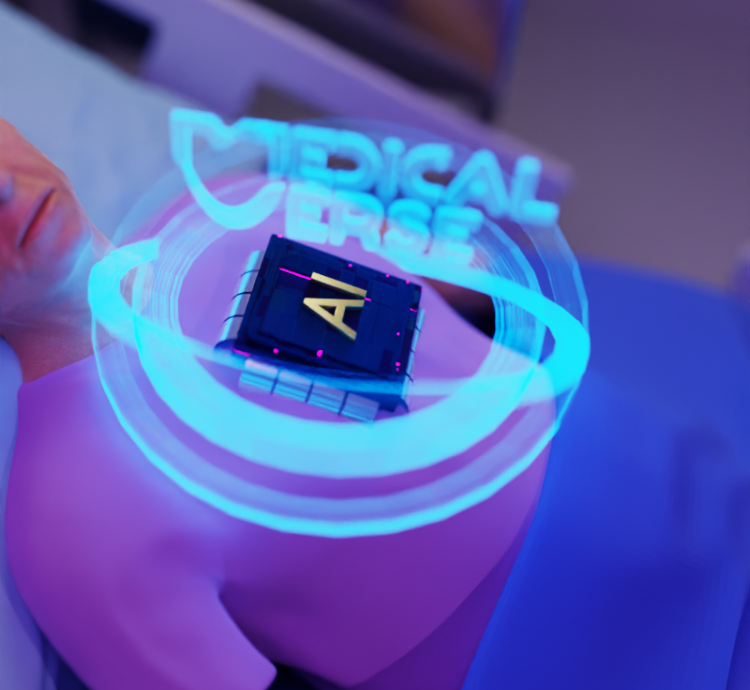
Artificial Intelligence-Powered Virtual Patients – To Provide Realistic, Unpredictable Scenarios For Learners To Practice On
Advancements in technology have revolutionized medical education. Nursing and medical simulations in a virtual reality environment are an innovative way of providing hands-on experience to nursing and medical students. With the integration of artificial intelligence-powered virtual patients, nursing and medical simulations have become more realistic, providing learners with unpredictable scenarios to practice on.
The use of artificial intelligence (AI) in nursing and medical simulations allows for the creation of simulated patients that replicate real-life scenarios. These virtual patients can react to various treatments and interventions, allowing nursing and medical students to practice their skills in a realistic and unpredictable environment.
AI-powered virtual patients utilize machine learning to predict how a patient may react to treatments, medications, and interventions. By simulating real-world scenarios, nursing and medical students can practice their problem-solving skills and learn how to make critical decisions in real time.
One significant advantage of AI-powered virtual patients is the ability to customize scenarios to learners’ levels of proficiency. For instance, virtual patients can be designed to challenge more experienced medical students while providing less difficult scenarios to novice learners. This flexibility enables nursing and medical students to learn at their own pace while ensuring that they obtain the necessary hands-on experience for their future practice.
Additionally, AI-powered virtual patients offer a safe and risk-free learning environment for nursing and medical students, allowing learners to make mistakes without any consequences. These virtual patients provide learners with an opportunity to experiment and learn from their mistakes before they work with real patients.
Furthermore, the use of AI-powered virtual patients enhances nursing and medical students’ learning experience. With the integration of novel technologies and AI, these virtual patients replicate realistic human responses, providing learners with a more immersive learning experience that enhances their clinical reasoning and decision-making abilities.
In conclusion, nursing and medical simulations in a virtual reality environment with AI-powered virtual patients provide learners with a cutting-edge approach to medical education. They offer an innovative way of providing hands-on experience in a safe and realistic environment that allows learners to experiment and make mistakes without the risk of harming patients. The simulations also provide nursing and medical students with an opportunity to refine their problem-solving and critical decision-making skills, ultimately leading to better patient outcomes.
The use of artificial intelligence (AI) in nursing and medical simulations allows for the creation of simulated patients that replicate real-life scenarios. These virtual patients can react to various treatments and interventions, allowing nursing and medical students to practice their skills in a realistic and unpredictable environment.
AI-powered virtual patients utilize machine learning to predict how a patient may react to treatments, medications, and interventions. By simulating real-world scenarios, nursing and medical students can practice their problem-solving skills and learn how to make critical decisions in real time.
One significant advantage of AI-powered virtual patients is the ability to customize scenarios to learners’ levels of proficiency. For instance, virtual patients can be designed to challenge more experienced medical students while providing less difficult scenarios to novice learners. This flexibility enables nursing and medical students to learn at their own pace while ensuring that they obtain the necessary hands-on experience for their future practice.
Additionally, AI-powered virtual patients offer a safe and risk-free learning environment for nursing and medical students, allowing learners to make mistakes without any consequences. These virtual patients provide learners with an opportunity to experiment and learn from their mistakes before they work with real patients.
Furthermore, the use of AI-powered virtual patients enhances nursing and medical students’ learning experience. With the integration of novel technologies and AI, these virtual patients replicate realistic human responses, providing learners with a more immersive learning experience that enhances their clinical reasoning and decision-making abilities.
In conclusion, nursing and medical simulations in a virtual reality environment with AI-powered virtual patients provide learners with a cutting-edge approach to medical education. They offer an innovative way of providing hands-on experience in a safe and realistic environment that allows learners to experiment and make mistakes without the risk of harming patients. The simulations also provide nursing and medical students with an opportunity to refine their problem-solving and critical decision-making skills, ultimately leading to better patient outcomes.